|
When is the Total Solar Eclipse? Friday 20th March 2015 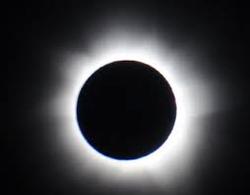 What is Solar Eclipse? There are three different types of Solar Eclipses. I will begin with the first type as that is what will occur if God wills on Friday. Total solar eclipses takes place when the Moon intervenes between the Sun and Earth and covers the Earth with its shadow. The shadow is called the umbra. The darkest phase looks like night. It consists of 5 phases: 1. Partial eclipse initiates: The Moon's shadow starts becoming visible over the Sun's disc. 2. Full eclipse initiates: Almost the entire disc of the Sun is covered by the Moon. 3. Total eclipse: The Moon completely covers the disc of the Sun. The Sky is dark, temperatures fall rapidly, and animals are quiet. 4. Full eclipse ends: The Moon's shadow starts moving away and the Sun reappears. 5. Partial eclipse ends: The Moon stops shadowing the Sun's disc. The eclipse ends. 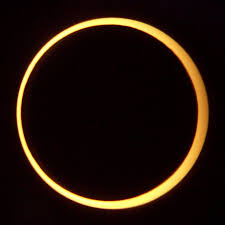 Other types of eclipses include annular solar eclipse and partial solar eclipse. Annular solar eclipse is where the moon appears smaller than the sun and looks as though the sun has a bright ring surrounding the sun as shown below: What effect can solar eclipse have on health? Generally, the eyes can be affected from intense sunlight due to the following:
In relation to the total solar eclipse, it is very dangerous to look at the sun directly during the solar eclipse despite it being covered fully by the Moon. No matter whether it was total, partial or annular eclipse – NEVER attempt to observe it with naked eye even if it was for a FEW seconds. This can lead to permanent eye damage especially to the retina. Eyes are very delicate ESPECIALLY children. Thus, more light are being transmitted to the retina due to higher sensitivity than the adult eye. This increases the risk to eye damage. Damage to the retina is known as solar retinitis/solar retinopathy. Mild damage may return to normal when the swelling at the retina is lowered. However, if there is severe damage, permanent damage can take place. Men are more at risk of solar retinopathy than women. NOTE: You will not be able to feel the effects of retinal damage as the retina has no sensitivity to pain. Amongst the symptoms that can be experienced are:
They can be experienced on both eyes (bilateral) but sometimes can affect one eye (unilateral). 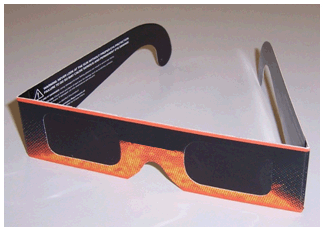 How can I protect myself? Safer techniques such as: 1) watching it via TV 2) using safe eyewear such as ‘eclipse glasses’. However, parents need to be cautious with their children who even wear such glasses. In addition due to limitations such as design, lens, improper use it is not advised to use such glasses. 3) Indirect contact such as projection method. Is it safe to drive during this time?
There has never been a solar eclipse during ‘rush hour’. Thus there is a high chance drivers will be distracted by looking into the sky than focusing on what is happening on the road! Moving to the Islamic perspective of the solar eclipse. To show the power of Allah subhanahu wa taala, where none should worship only Him as He has the power to allow the moon to cover the sun and controls everything in the universe. He is the Almighty Allah subhanahu wa taala. ‘And among His Signs are the night and the day, the sun and the moon. Prostrate neither to the sun nor to the moon, but prostrate to Allah who created them, if it is truly Him you worship.’ (Surah Al-Fussilat 41:37) Solar eclipses are reminders of the Day of Judgement where the moon, sun and stars lose lights. ‘When the sight is dazed, and the moon is buried in darkness, and the sun and moon are joined together: Man will say on that day, ‘Where is the refuge?’’ (Surah Al-Qiyamah 75: 7-10) What do Muslims do during the solar eclipse? During the Eclipse, Muslims pray the Salah al-Kusoof (The Solar Eclipse Prayer). Please do not get mixed up with Salah Al-Khusoof (Lunar Eclipse). Both do contain to Rak’aat (units of prayer). Majority of the people of knowledge confirm it to be a sunnah mu’akkadah. Imam Malik compared its importance to that of the Friday Prayer whereas Imam Abu Hanifah confirmed it to be obligatory. It is sunnah to pray at the masjid in congregation. However, those who are unable to do so may pray alone. Women can pray at home or pray in congregation. What does Salah Al-Kusoof consists of: The prayer lasts throughout eclipse. The sermon is delivered after the Prayer. Recitation is performed loud. There are two Ruku‘s (bowing), the second of which is always shorter than the first, and there are also two recitations. After the Takbirat-ul-Ihram (saying: “Allahu Akbar [Allah is the Greatest]” upon starting Prayer), Surah Al-Fatihah and a long Surah are recited. After the first Ruku‘, Surah Al-Fatihah and a long Surah are recited, which is shorter than the preceding recitation. There are two Sujuds (Prostrations) in each Rak‘ah. This is the most authentic report mentioned regarding this Salah. [Source: Sh. 'Abdul-`Aziz ibn `Abdullah ibn Baz; alifta.net] Urwah bin Az-Zubair may Allah be pleased with him reported from Aishah may Allah be pleased with her, the wife of The Prophet peace be upon him, that she said: “There was a solar eclipse during the lifetime of Allah’s Messenger peace be upon him. So, The Prophet peace be upon him went to the Masjid, stood up and said the Takbir, and the people lined up (in rows) behind him. Allah’s Messenger peace be upon him recited (the Qur’an) for a long time, then said the Takbir and went into Ruku’ for a long time. Then he raised his head & said: ‘Sami Allahu liman hamidah, Rabbana wa lakal Hamd.’ So he stood up and recited a lengthy recitation, which was not as long as the first recitation. Then he said the Takbir and went into Ruku’ for a long time, but not as lengthy as the first Ruku’. Then he said: ‘Sami Allahu liman hamidah,’ and he repeated the same acts in the other raka’at. So he completed four Ruku’ and four prostrations (Sujood), and the sun had become visible before he finished.” [Source: Hadith No. 1180, Book of The Prayer for Rain, Sunan Abu Dawud, Vol. 2].
1 Comment
|
A GOOD HEALTH MAKES YOU RICHHealth is crucial in every single person’s life. Its something that money can’t buy. Thus a good health makes you rich so look after it. Archives
May 2017
Categories |
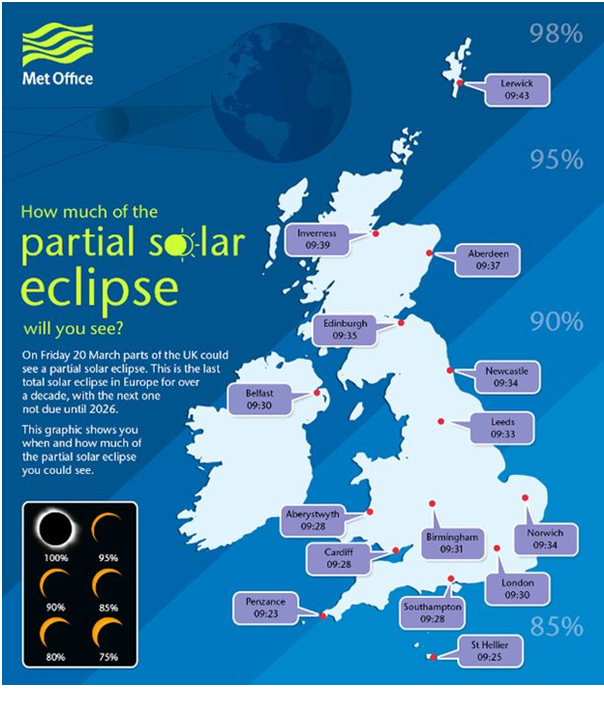
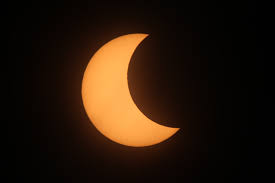
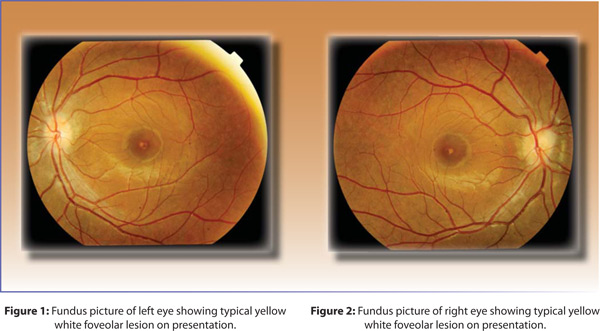

 RSS Feed
RSS Feed